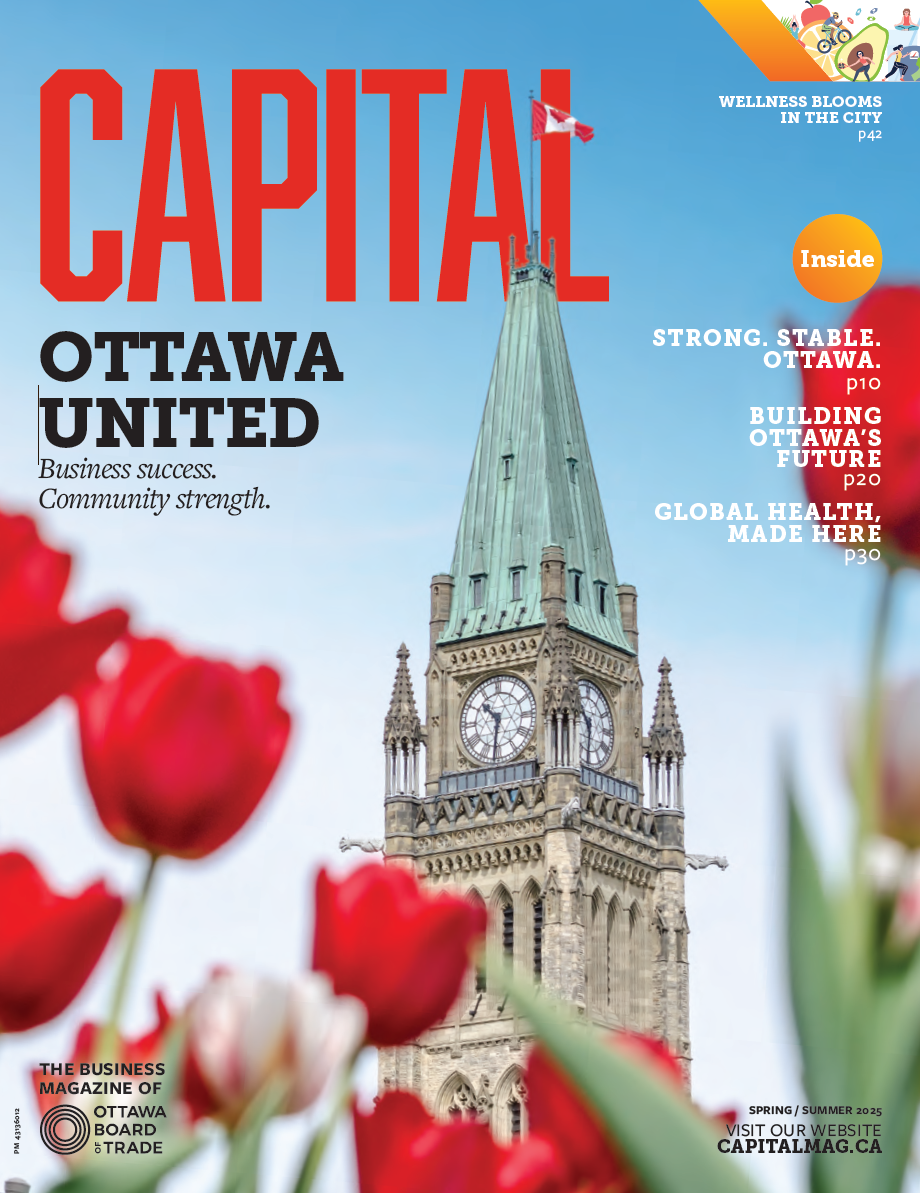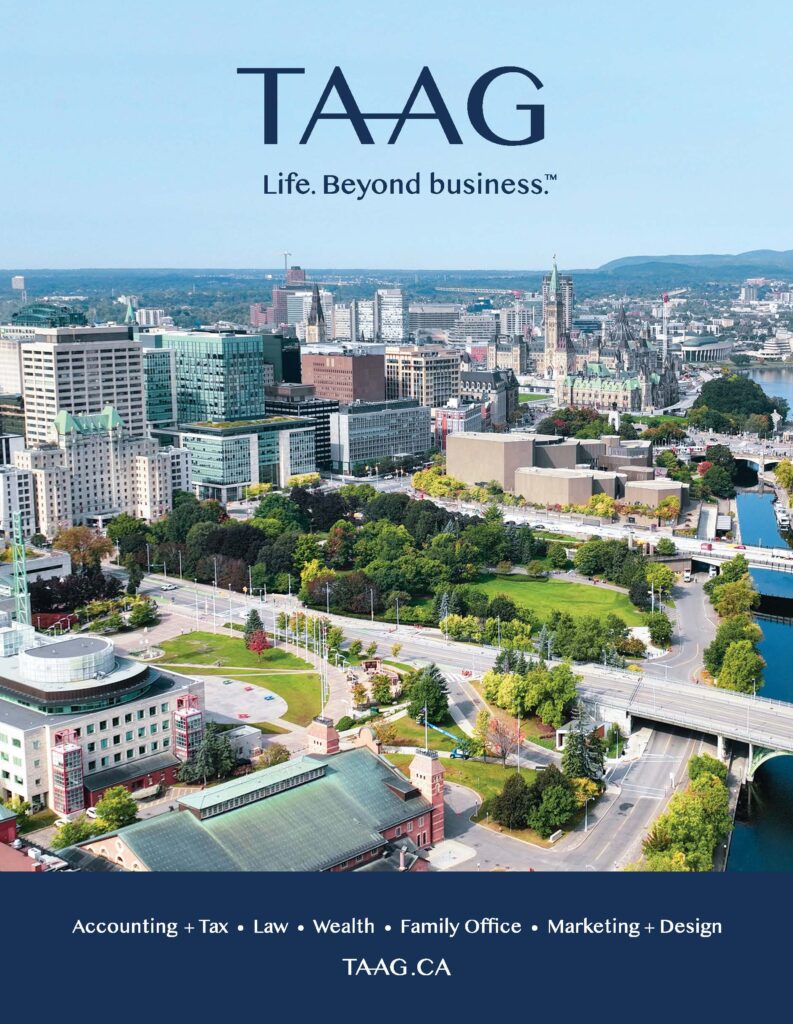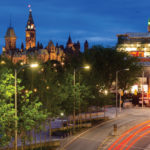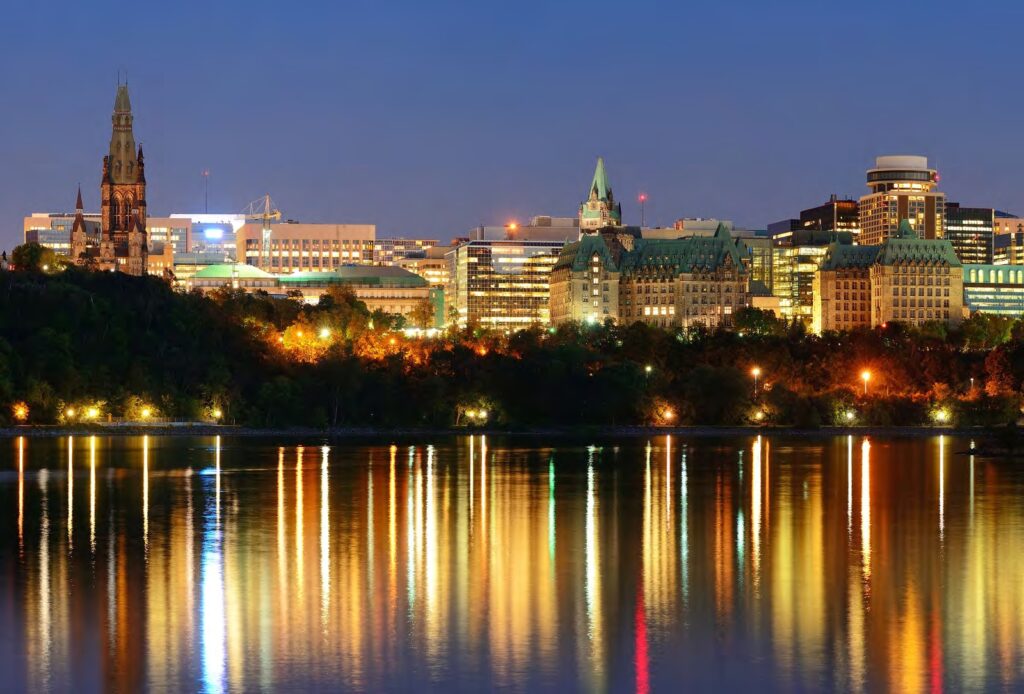Transportation and Infrastructure – Planning the City of the Future
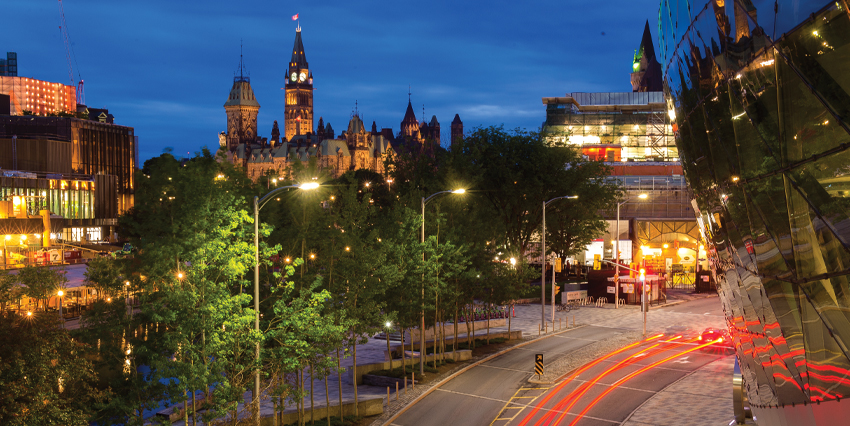
By Stephen Willis, MCIP, RPP
Recently, the City of Ottawa achieved a major milestone. Our population is now one million residents. This is significant as it places Ottawa in a different league of North American cities who have the critical mass to be resilient to economic change and growth cycles, and large enough to support diverse enterprises, community and cultural amenities and a Light Rail Transit (LRT) system.
To coincide with this milestone, the City is rewriting its Official Plan. The Official Plan is the strategic document that describes how the city will grow over time, where we will place major infrastructure, and what policies will be in place to support economic growth and guide the development and evolution of communities. The current Official Plan was adopted when Ottawa and surrounding municipalities amalgamated in 2001. It carried forward many of the elements of the former Regional Municipality of Ottawa-Carleton Official Plan from the 1970s. However, the current pace of technological and economic change requires a new Official Plan; one that will position Ottawa to be flexible, resilient, and, above all, a city were people want to live, work, and play.
We are very fortunate to live in Ottawa. We enjoy a beautiful natural setting in proximity to rivers and green space. Our cultural assets and festivals contribute to an enviable quality of life. We have a stable, diverse economy and well-educated workforce many of whom are bilingual or multilingual. Our housing market is steady and growing at a manageable pace, unlike the explosive growth rates of other cities.
However, despite Ottawa’s many attributes, we need to consider and plan for the increasing impacts of disruption and change. For example, while many parts of our economy are growing, the retail landscape is evolving very rapidly as a result of new technology, distribution channels and shopping habits. In the face of this change, we need to consider how we can maintain the character and quality of our main streets which are crucial to successful, complete communities and neighbourhoods.
We know that transportation patterns will change as the LRT system is built to its intended length and that climate change is affecting the capacity of our systems to manage major weather events. Additionally, connectivity and integration between major cities will become more important. Therefore, we need to plan for sustainable, resilient and adaptable public infrastructure for the 21st century.
The City remains committed to using intensification as a way of moderating the amount of land consumed by growth. We must develop denser, interesting and mixed communities near major transit stations. The new Official Plan must provide for a variety of housing choices around the city and recognize affordability as an important component of choice. We want our neighbourhoods to retain their unique character and become as well-known as major neighbourhoods in cities like Toronto and Boston. Neighbourhoods and communities can remain strong in the face of change, provided new elements are introduced with thoughtful design.
Ottawa is almost 80% rural and that part of our community performs a variety of essential functions. The rural economy is diverse and embracing technology at a fast rate. Agriculture is being revolutionized by technology including precision agriculture and vertical farming. The rural area is a source of many resources needed in the city and possesses significant natural reserves, villages and hamlets that are an important legacy for the future.
Finally, to compete within a global context, City planning policy needs to allow for business innovation, collaboration and productivity. For example, a land use framework that supports the co-location and cluster of connected firms, institutions, and services as well as thoughtful urban design and placemaking in our employment areas can play a significant role in attracting and retaining talent.
Our challenge is to deliver a new Official Plan that shapes Ottawa for the next 25 years. Ottawa’s population will likely be 1.5 million by 2050 and possibly 2 million by the end of the century. If our goal is to be the most liveable, mid-sized city in North America, what can we do today to ensure our children, grandchildren and great grandchildren continue to enjoy an exceptional quality of life in a vibrant, thriving and prosperous community? We want you to help us answer this question. Please visit www.ottawa.ca and search New Official Plan to find out how you can get involved.
Stephen Willis is General Manager of the Planning, Infrastructure and Economic Development Department at the City of Ottawa.




